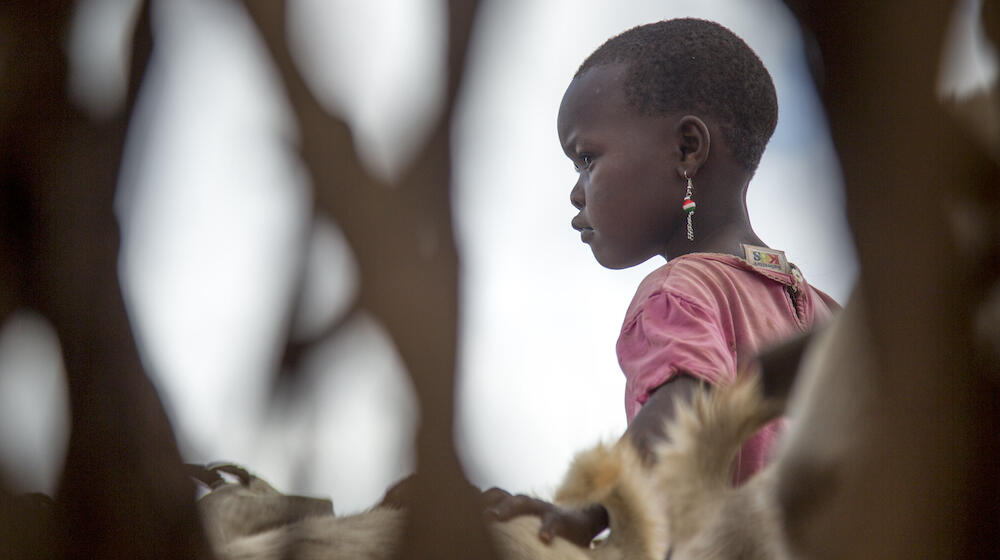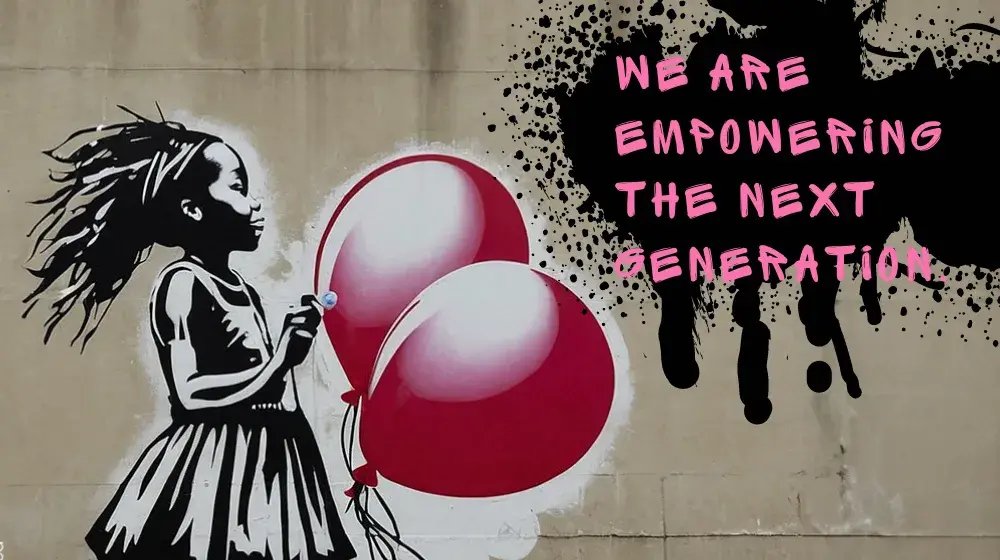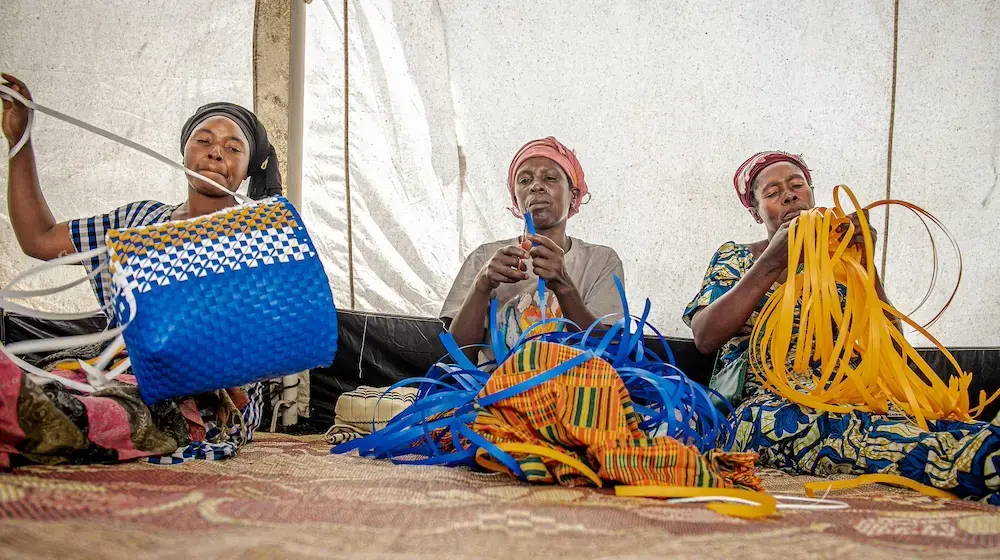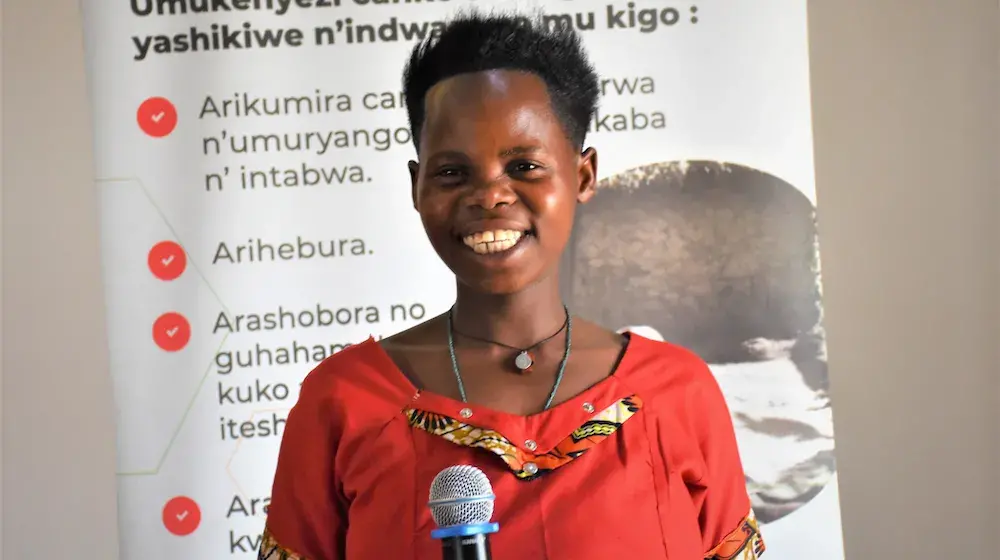UNFPA and UNICEF Regional Joint Op-ed on International Day of Zero Tolerance for FGM
While significant progress has been made in the fight to end female genital mutilation (FGM) in East and Southern Africa, the goal to achieve complete eradication is being thwarted by girls being taken across borders to avoid the full might of the law in their own countries.
This new trend sets a worrying precedent, and it proves that gains should never be taken for granted when it comes to this and other devastating practices that harm the health, wellbeing and futures of women and girls. FGM continues to be carried out widely in border communities, where girls are at higher risk of being cut, subjecting them to physical and psychological trauma, and lifelong repercussions for reproductive health.
This year’s International Day of Zero Tolerance for FGM will be celebrated under the theme “Accelerating Investment to end FGM.” Now more than ever, we need to scale up our efforts at the national and international levels to end FGM.
Worldwide, an estimated 200 million girls and women have been subjected to FGM in over 31 countries, and unless collective efforts start bearing greater fruit, another 68 million girls are at risk of being cut by 2030.
Five East African countries – Ethiopia, Kenya, Somalia, Tanzania and Uganda – account for almost one quarter of global FGM. This means nearly 50 million girls and young women from this region have undergone FGM. Kenya, in particular, is identified as a destination for cross-border FGM practice. According to the latest findings from a report commissioned by UNICEF and UNFPA, in collaboration with the Kenya Anti-FGM Board, 70 per cent of survey respondents from Uganda, and 60 per cent from Ethiopia, travelled to Kenya to undergo FGM.
They do so to evade prosecution for a known criminal offence in their own countries.
In many regions around the world, including Eastern and Southern Africa, we are seeing a decline in the prevalence of FGM. A UNICEF study conducted in 30 countries, with nationally representative prevalence data, around 1 in 3 girls aged 15 to 19 today have undergone the practice versus 1 in 2 in the late-1980s. In East Africa, generational declines in the practice are evident. In Ethiopia, FGM rates have gone down from 79.9% in 2000 to 65.2% in 2016.
Attitudes towards the elimination of FGM are changing among younger generations, who are reshaping gender norms, research shows. There are examples of effective legislation that has been enacted, and programmes that are designed locally with communities are proving successful.
In the Eastern and Southern Africa region, the UNFPA-UNICEF Joint Programme on the Elimination of FGM, the largest global programme to accelerate the abandonment of FGM, focuses its efforts on Eritrea, Ethiopia, Kenya, Somalia and Uganda. It has been bolstered by the EU Spotlight Initiative Africa Regional Programme to eliminate harmful practices and violence against women and girls.
We applaud recent advances made at the policy level, such as the Regional Inter-Ministerial Meeting to End Cross-border Female Genital Mutilation in Mombasa, where Ministers of Ethiopia, Kenya, Somalia, Tanzania and Uganda signed the Inter-Ministerial Declaration to end cross-border FGM. Government representatives from these countries launched a costed regional action plan to end cross-border FGM, as well as research on FGM among border communities, with support from UNFPA and UNICEF. This new evidence is the first ever research that helps us to understand the cross-border aspects of FGM in the region.
We are working hard to realize our ambitious vision of zero FGM by 2030, towards achieving the Sustainable Development Goals. In partnership with the Joint Programme to End FGM, UNFPA launched a Youth Innovation Incubator on FGM, or Innohack, to support the development of young people’s innovative solutions to accelerate the elimination of FGM.
Ending FGM by 2030 is part of the Sustainable Development Goals. Goal 5 sets out clear targets and language that recognizes that eliminating FGM is a critical step towards achieving gender equality and improving health and well-being, safe motherhood, quality education, inclusive societies, and economic growth.
Big strides are being made in the right direction, but much more needs to be done. To be the generation in which FGM ends – and to have our vision of zero FGM achieved by 2030 – we must strengthen collaboration and coordination among all key parties to eliminate cross-border FGM.
To this end, we call upon the governments of the five countries in question to increase their financial resources and put in place systems that will ensure that health and child protection professionals collaborate to end FGM.
The ultimate success of both national and cross-border programmes to end FGM will require continued political will, sustained advocacy, scaled-up programmes and investment.





